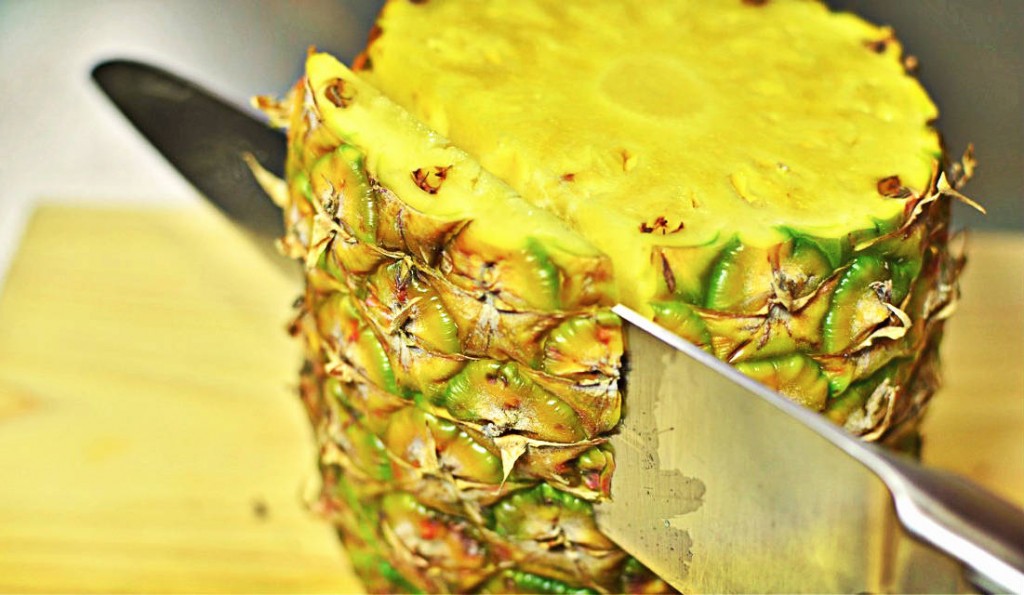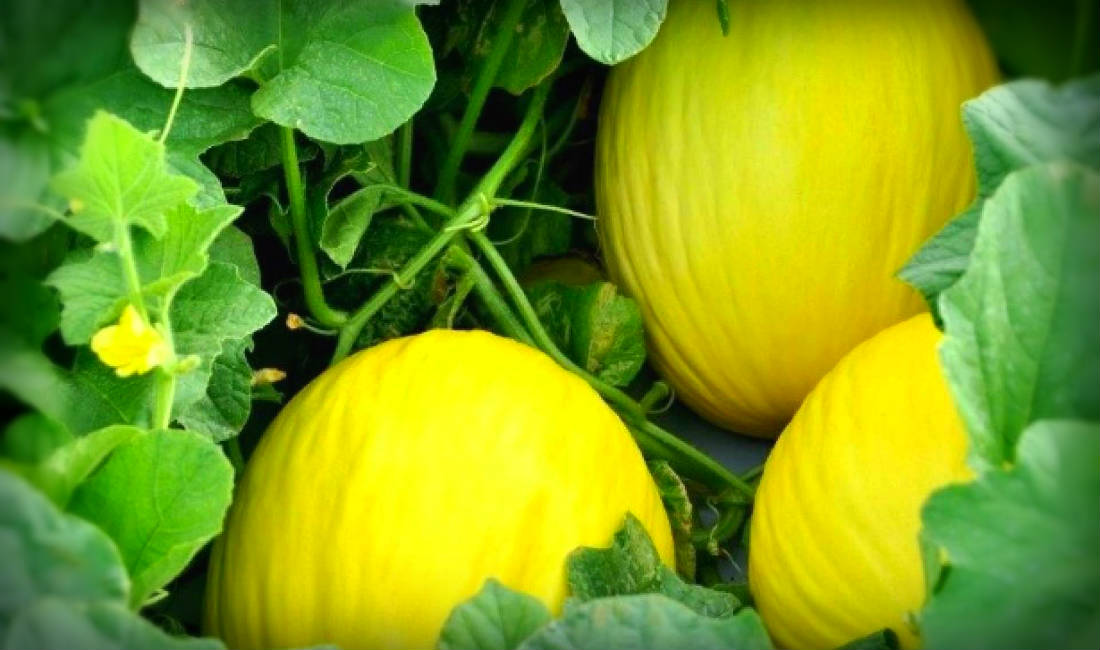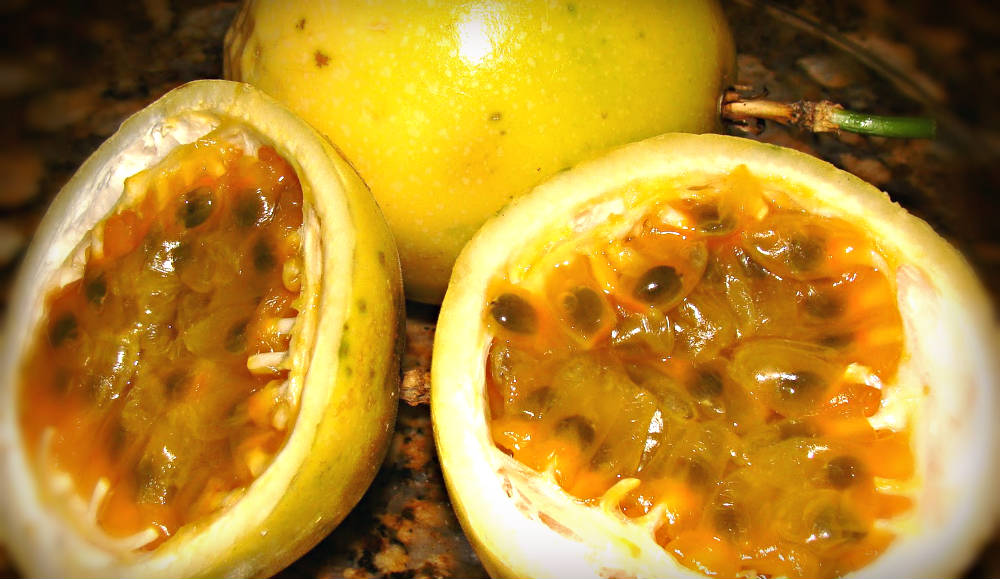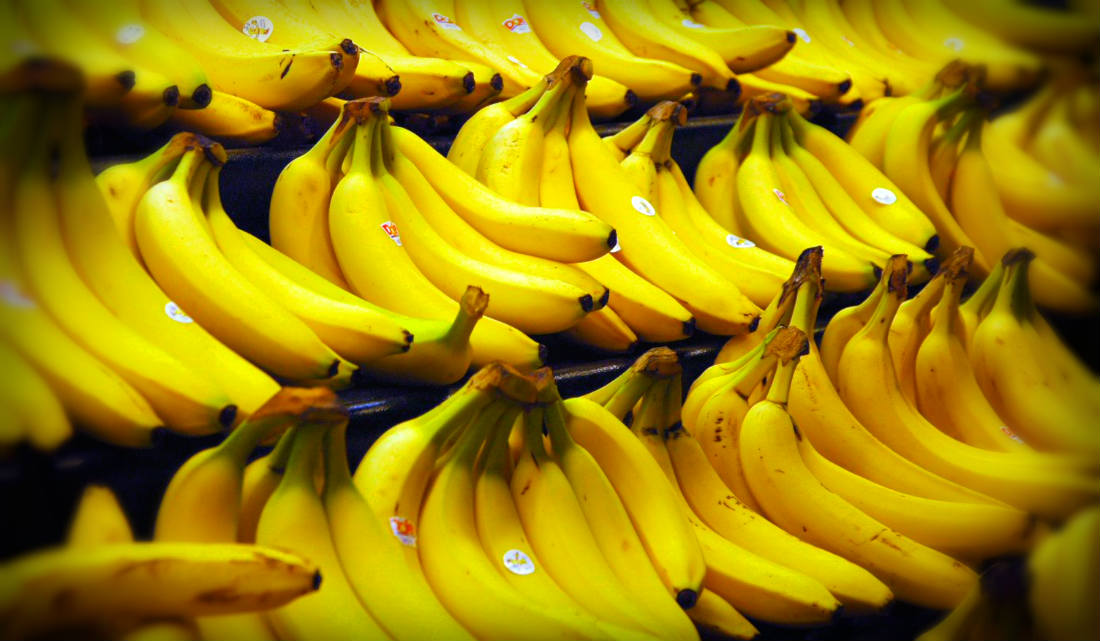Anúncios
The pineapple peel, which is often discarded, is actually a highly nutritious component. Like other fruits, pineapple peel contains more fiber than the pulp. This fiber is beneficial for digestion, helping to regulate the intestines and providing a feeling of fullness.
By reusing pineapple peels, you not only reduce food waste, but you also help reduce the volume of waste in landfills, where vegetables decompose in a way that is not suitable for composting.

Benefits of Recycling Pineapple Peels
Using pineapple peels is an economical and healthy way to make the most of your food. Instead of throwing away the peels, you can turn them into a variety of delicious and nutritious recipes. In addition to being a sustainable practice, recycling fruit peels like pineapple helps reduce waste and promotes the reuse of natural resources.
How to Deal with Waste
If you are constantly concerned about wasting fruit when peeling it, there are practical solutions to make the most of every part of the fruit. You can prepare a variety of recipes and enjoy the benefits of the peels. If you are concerned about pesticide contamination, it is important to use organic products whenever possible. For more information on the safe use of fruit peels, check out an exclusive article by clicking here.
Recipe: Pineapple Jelly with Peel
A delicious and innovative way to use pineapple peels is to make gelatin. Here’s a simple recipe for you to try:
Ingredients:
- 2 tablespoons of sugar
- 1 liter of pineapple peel juice
- 1 packet of pineapple gelatin
How to make:
- Boil the peel of a pineapple with a little water.
- Blend everything in a blender and strain.
- Dissolve the gelatin in the strained pineapple juice and add the sugar, stirring well.
- Place the mixture in a bowl and refrigerate until set.
This dish is a great way to reuse pineapple peels and create a tasty and healthy dessert.
Learn How to Make Detox Juice with Peels
Another way to use the peels is to prepare a detox juice. The peels have properties that can contribute to a healthier lifestyle. To learn how to make a detox juice with pineapple peels, see the recipe clicking here!
Using Pineapple Peel for Sustainability
Instead of throwing away your pineapple peel, you can turn it into something useful and tasty. In addition to reducing food waste, this practice contributes to sustainability and helps reduce the amount of waste in landfills.
The peels are rich in fiber, which has many health benefits, such as promoting healthy digestion and providing a prolonged feeling of fullness. Incorporating these peels into your diet is an economical and environmentally friendly way to maximize your food resources.
How to Prepare and Use the Peels
To make the most of your pineapple peel, start by washing it thoroughly to remove any pesticide residue or dirt. Then, boil the peel in water to extract the juice, which can be used in a variety of recipes. In addition to gelatins and detox juices, you can use this liquid in marinades, sauces and even in soups, giving it a unique and nutritious flavor.
Benefits of Recycling
Recycling pineapple peels reduces the amount of organic waste that ends up in landfills, where it takes a long time to decompose and contributes to greenhouse gas emissions. Additionally, the peels can be composted at home, providing an excellent natural fertilizer for your plants. Composting is an effective way to reuse organic waste, helping to create fertile soil and reducing the need for chemical fertilizers.
Challenges and Precautions in Recycling Shells
Despite the many benefits, it’s important to be aware of potential challenges, such as pesticide contamination. Always choose organic fruits when possible or wash the skins thoroughly before using them. If you want to learn more about how to avoid contaminants, consult reliable sources on safe growing practices and use of fruits and vegetables.
Other Ways to Use the Bark
In addition to making jellies and juices, you can use the peels to make tea, which is a drink rich in antioxidants and has anti-inflammatory properties. To make the tea, simply boil the peels in water for about 20 minutes, strain and serve hot or cold. This is a great way to incorporate more nutrients into your diet and make good use of the natural resources available.
Recycling peels not only helps reduce food waste, but also offers a range of health and environmental benefits. By adopting these simple practices, you can make a big difference in your life and that of the planet, making full use of natural resources and promoting a more sustainable lifestyle.
Learn how to make other arts by recycling, Click here.
Check out interesting facts about recycling clicking here.




